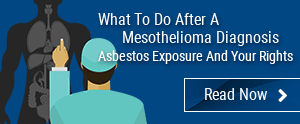Officially, the Environmental Protection Agency (EPA) banned asbestos from use in the United States in 1986 – but that ban was filled with gaps that permitted the substance to continue to be used in numerous products over the years.
In 2016, the Toxic Substances Control Act helped close the law, but there were still loopholes that needed to be addressed. The EPA has now finally issued what has been termed a “historic” ban that brings the U.S. in line with more than 50 other countries that have also banned the use of asbestos.
This doesn’t mean that asbestos problems are going away any time soon
The new ban eliminates the use of “white” asbestos or chrysotile asbestos, which is still used in brake linings and a few other consumer products. It’s also used to manufacture sodium hydroxide and chlorine bleach for use in water purification processes. Affected manufacturers will have between six months and five years to transition away from the use of asbestos.
Unfortunately, it will be decades more before people stop experiencing the physical toll of asbestos exposure. The substance was so widely used in all kinds of consumer products that it will be a very long time before it is no longer a concern. In addition, asbestos-related diseases can take 20-60 years following exposure to develop. That means many victims of asbestos-related diseases don’t yet even know that they are sick.
While the new asbestos ban is a welcome shift in policy in the United States, the reality is that many people will still develop mesothelioma, asbestosis and other cancers as a result of prior exposure. Learning more about your legal options if you’ve been diagnosed with one of these diseases can help you uncover compensation that can provide for your needs and your family.


